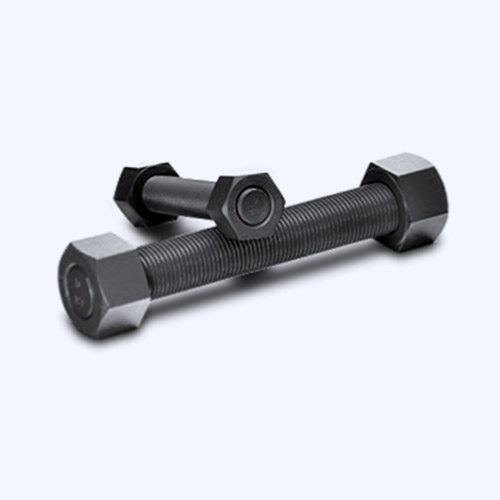Aug . 11, 2024 23:34 Back to list
Understanding the Applications and Benefits of Anchor Bolt Threaded Rods in Construction Projects
Understanding Anchor Bolt Threaded Rods A Comprehensive Overview
Anchor bolt threaded rods are essential components in construction and engineering, playing a crucial role in securing structures to their foundations. These rods are not only pivotal for stability but also ensure safety in various applications, ranging from residential buildings to large-scale industrial projects. This article aims to provide a thorough understanding of anchor bolt threaded rods, their types, applications, and essential considerations during selection and installation.
What Are Anchor Bolt Threaded Rods?
Anchor bolt threaded rods are long, cylindrical metal rods that feature threads on both ends or along their length. These rods are designed to anchor structural elements, providing a method for tying down or bolting fixtures to a concrete foundation or masonry. The threaded design allows for the attachment of nuts and washers, ensuring a secure fit and load-bearing capacity.
Types of Anchor Bolt Threaded Rods
There are several types of anchor bolt threaded rods, each tailored for specific applications
1. Embedded Anchor Bolts These are placed within poured concrete and are often used in the construction of heavy machinery bases, bridges, and buildings. They can withstand significant loads due to their depth in the concrete.
2. Sleeve Anchors Common in brick or block masonry, sleeve anchors consist of a bolt and a sleeve that expands when tightened. They are ideal for lighter applications and can be easily adjusted.
3. Epoxy-Coated Bolts These rods are coated with a layer of epoxy for added corrosion resistance, making them suitable for outdoor applications or environments exposed to moisture and chemicals.
anchor bolt threaded rod

4. L-Bolts and J-Bolts These have a specific bent shape that can provide stability in various applications. Their design allows them to hold more significant loads while remaining securely anchored.
Applications of Anchor Bolt Threaded Rods
The versatility of anchor bolt threaded rods makes them suitable for a myriad of applications, including
- Construction Anchor bolts secure beams, columns, and walls to their concrete foundations, ensuring the structural integrity of buildings and bridges. - Industrial Equipment Heavy machinery often requires anchor bolts to prevent movement during operation, making threaded rods indispensable in factories and manufacturing plants. - Signage and Lighting Outdoor signs and lighting fixtures utilize anchor bolts to withstand wind and environmental factors, ensuring durability and stability. - Fences and Retaining Walls For securing fences and retaining walls, threaded rods provide the necessary stability to withstand tensile and compressive forces.
Considerations When Selecting Anchor Bolt Threaded Rods
When choosing anchor bolt threaded rods for a project, certain factors must be taken into account
1. Load Capacity Understanding the load requirements is vital. The chosen rod must be able to support the anticipated load without failing. 2. Material The material (steel, stainless steel, etc.) should be selected based on environmental conditions and potential exposure to harsh substances. 3. Length and Diameter The size of the anchor bolt will depend on the specific application and the thickness of the materials it will connect. 4. Installation Method Different installation techniques (epoxy, mechanical fastening) should be considered based on the project requirements.
Conclusion
Anchor bolt threaded rods are fundamental to the safety and effectiveness of countless engineering and construction projects. Their ability to ensure stability and security in various applications makes them indispensable in modern building practices. By understanding the types, applications, and considerations for these rods, engineers and builders can make informed decisions that enhance both the durability and safety of their structures. Proper selection and installation will ultimately lead to a successful and resilient end product, capable of withstanding the test of time and environmental challenges.


